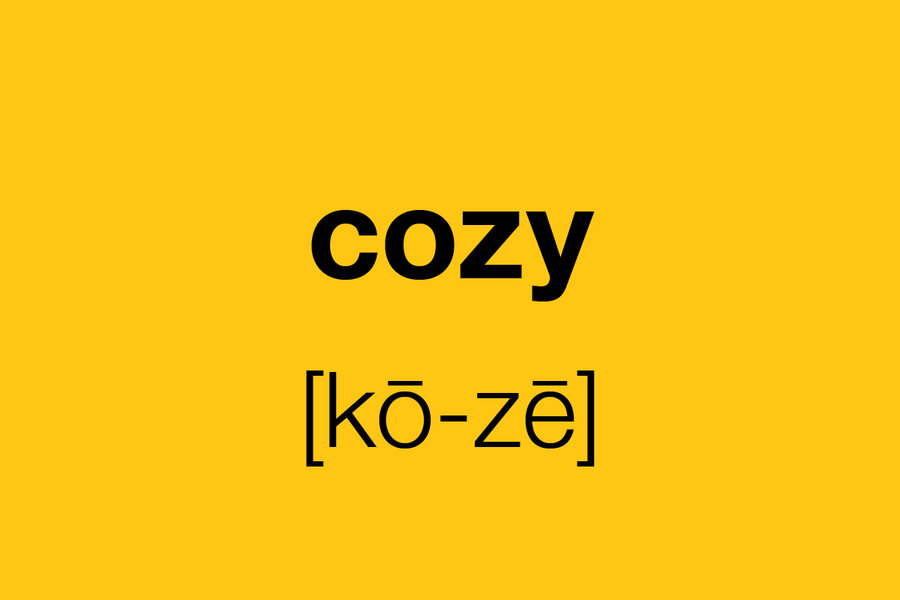This winter, get ‘cozy’ in your ‘snuggery’
Loading...
People in Iceland traditionally embrace their long, dark winter as an opportunity to read, reflect, and spend time with family.
Scandinavian languages have several well-known words that refer to this atmosphere and the feelings of comfortable contentment it inspires – the famous Danish hygge (“hoogah”), Norwegian koselig (“kooshlee”), and Swedish mys (“mees”). Icelandic has gluggaveður (“gloogah vether”), which means “window weather” – when it’s best to light candles, make hot cocoa, and enjoy nature’s snowy beauty from inside. Judging from the number of books and articles published about them, English speakers are fascinated by these Scandinavian terms. But English has its own words that can express a similar sense of warm, inward-looking well-being.
Cozy (spelled cosy in Britain) is a pretty good synonym for hygge. According to Merriam-Webster, its meanings include “enjoying or affording warmth and ease,” “marked by or providing contentment or comfort,” and “marked by the intimacy of the family or a close group.” Some etymologists hold that cozy is in fact closely related to the Norwegian koselig and kose sig, “to make one’s self comfortable.”
Although we have the vocabulary, the cultural concept of “coziness” is less well-defined in the United States and Britain than in the Nordic countries, so we turn to the Scandinavian words. Cozy, in turn, is actually spreading in Scandinavia – Icelanders can look out at the window weather and decide to have it kósý. Who needs hygge when you’ve got cozy?
Snug also refers to “a state of ease, comfort, or quiet enjoyment,” according to the Oxford English Dictionary. Poet William Cowper might have been describing hygge when he wrote in 1783, “There is hardly to be found upon the earth, I suppose, so snug a creature as an Englishman by his fire-side in the Winter.” If the hearth wasn’t snug enough, the Englishman could withdraw to a snuggery, which, according to the OED, was “a cosy or comfortable room, esp. one of small size, into which a person retires for seclusion or quiet.” If he didn’t have a snuggery, he could wrap himself in a blanket and feel “snug as a bee in a box” (1707). That saying morphed into the much catchier “snug as a bug in a rug” (1769). As these examples reveal, snug has connotations of limited space, and safety as well as comfort.
English has other words that might go toe-to-toe with hygge, particularly cheer, as in “Christmas cheer”: “communal happiness or good spirits, esp. as felt or expressed on festive occasions.” But this column space is too snug to get to them all.





